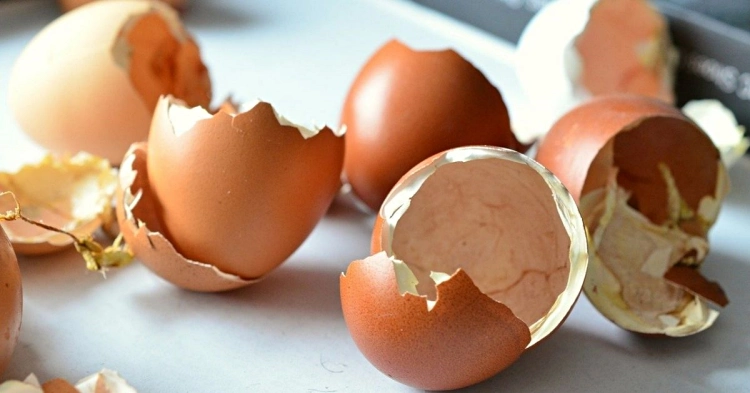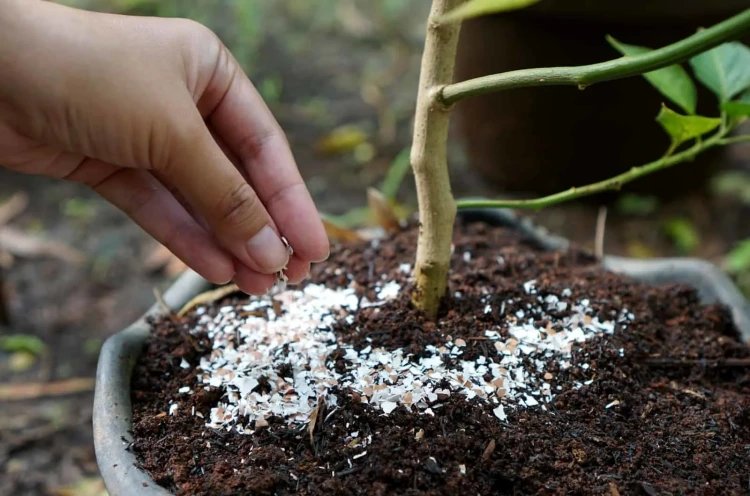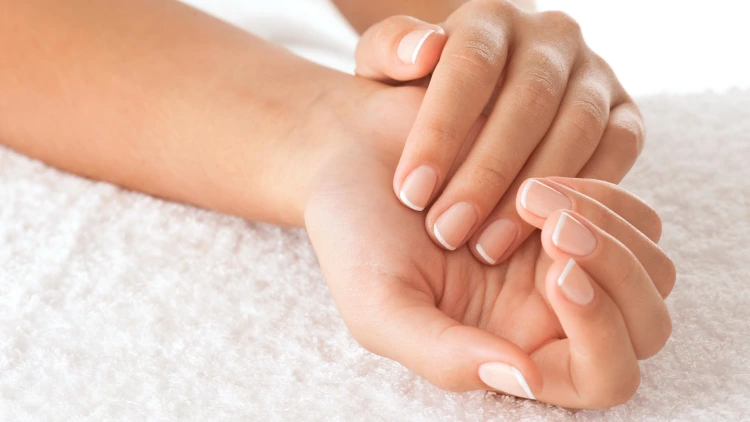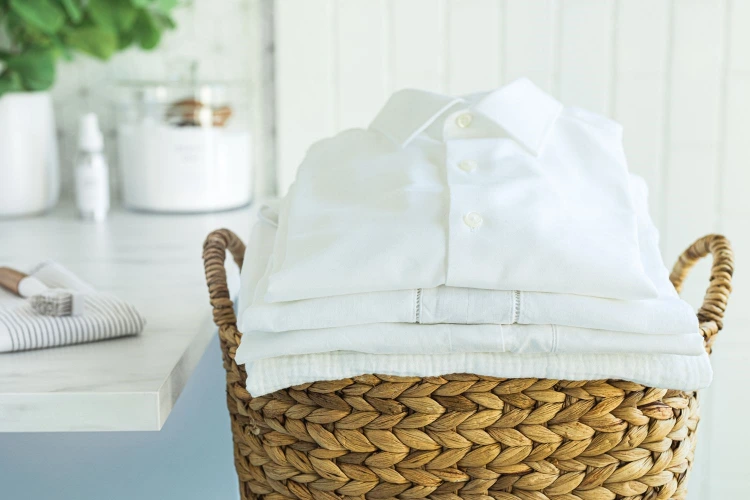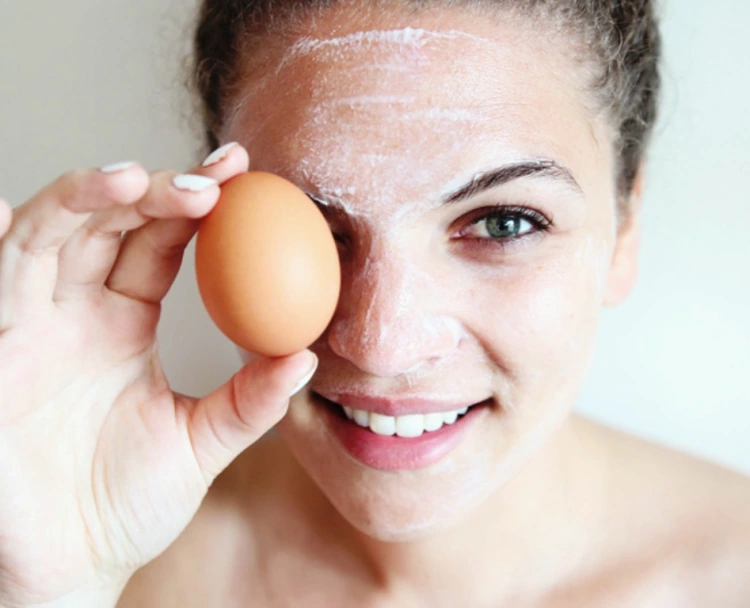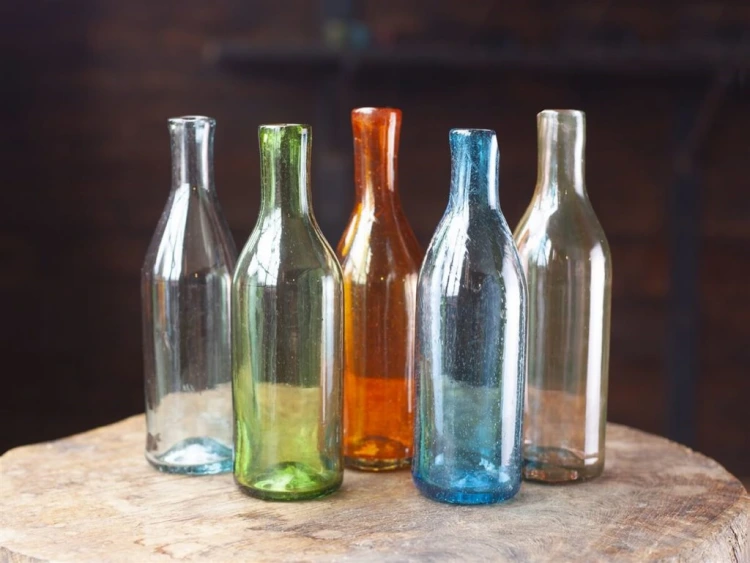We throw away a lot of things every day without even thinking about recycling some of them, as they can bring us many benefits. This is definitely the case with egg shells. In fact, previous generations have been known to collect, dry and use them for many purposes. The egg shell is a natural “mix” of trace elements and organic substances. Therefore, the ways and purposes for which it can be used are really many. In today’s article, you will find out how to use egg shells and why it is not a good idea to just throw them away.
How to use egg shells? 7 reasons not to throw them away!
Surely you have heard of using egg shells as a fertilizer for various plants, and you may even have already put this idea into practice. Because of their beneficial substances, egg shells really help the good health and growth of the plants in our garden. But besides that, you can also use them for many other purposes, which we will share with you in the next lines!
How to use egg shells for plants?
Egg shells can be very good for the plants you grow – both at home in pots and outside in the garden. Why? Well, for several reasons. Find out how to use egg shells for fertilizer and what else they can be used for in gardening!
Fertilizer
We’ve already mentioned the beneficial effects of egg shells on plants, but if you haven’t already tried enriching your soil in this organic way, it’s definitely worth it. The shells are rich in calcium, zinc, magnesium, phosphorus, iron and many other substances, making them an excellent fertilizer. For best results, grind the shells in a blender and fertilize the soil with the resulting powder.
Pest control
Eggshells can also be used to protect plants from various pests such as slugs, moles and field mice. Simply break the shells into pieces and place them around the plant. This way, the sharp edges will protect it from slugs, for example, and the strong smell of eggs will repel many rodents.
Cuticle softener
Women always dream of a beautiful manicure and soft skin on their hands. But sometimes getting rid of dry and rough cuticles is more than challenging. That’s when egg shells can come to the rescue. Take a few pieces of egg shells (with the membrane still attached) and put them on the problem areas. Leave them for a few minutes, during which the healing substances such as hyaluronic acid will have a beneficial effect on the skin, moisturizing the areas. For best and lasting results, repeat the procedure several times.
Brighten up white laundry
To brighten up your white laundry, you don’t necessarily need to use specially formulated detergents or bleach, which can ruin clothes. Instead, you can try grinding eggshells into powder and filling a mesh bag with it to place in the washing machine drum along with the clothes and turn on the normal wash program. Note that only white eggs are suitable for this.
Bird food
If you love birds, you probably have a bird feeder somewhere in your garden that you put seeds and grains in. Did you know that eggshells can be a healthy food supplement? That’s right! To make nutritious bird food, you need to dry about five eggshells in an oven for about 20 minutes at 250°C (482°F), cool them and then crush them into small pieces in a blender. When ready, mix the crushed shells with the grain.
Egg shell uses for skin: Facial mask
Because of the beneficial minerals, eggshells can also be used to create cosmetic products. For example, you could make a great face mask to make your skin glowing and soft. Preparing it is easy and quick.
You need 1–2 eggs, the shells of which you need to grind in a blender until you get a fine powder. Mix it with a small amount of egg white and apply the resulting mixture in a thin layer on your face. Let it dry and then wash off with warm water. The mask will nourish your skin with minerals and exfoliate it well. Calcium, which we know is found in large quantities in shells, will aid cell regeneration and also improve your complexion.
Washing bottles and decanters
Washing bottles or decanters with narrow necks can be quite difficult with a regular dishwashing sponge. That’s why you can place broken shells of a few eggs inside the bottle, add warm water and a few drops of dishwashing detergent. Close the bottle and shake. The sharp edges of the shells will clean the sides perfectly. All that remains is to rinse thoroughly with water.

